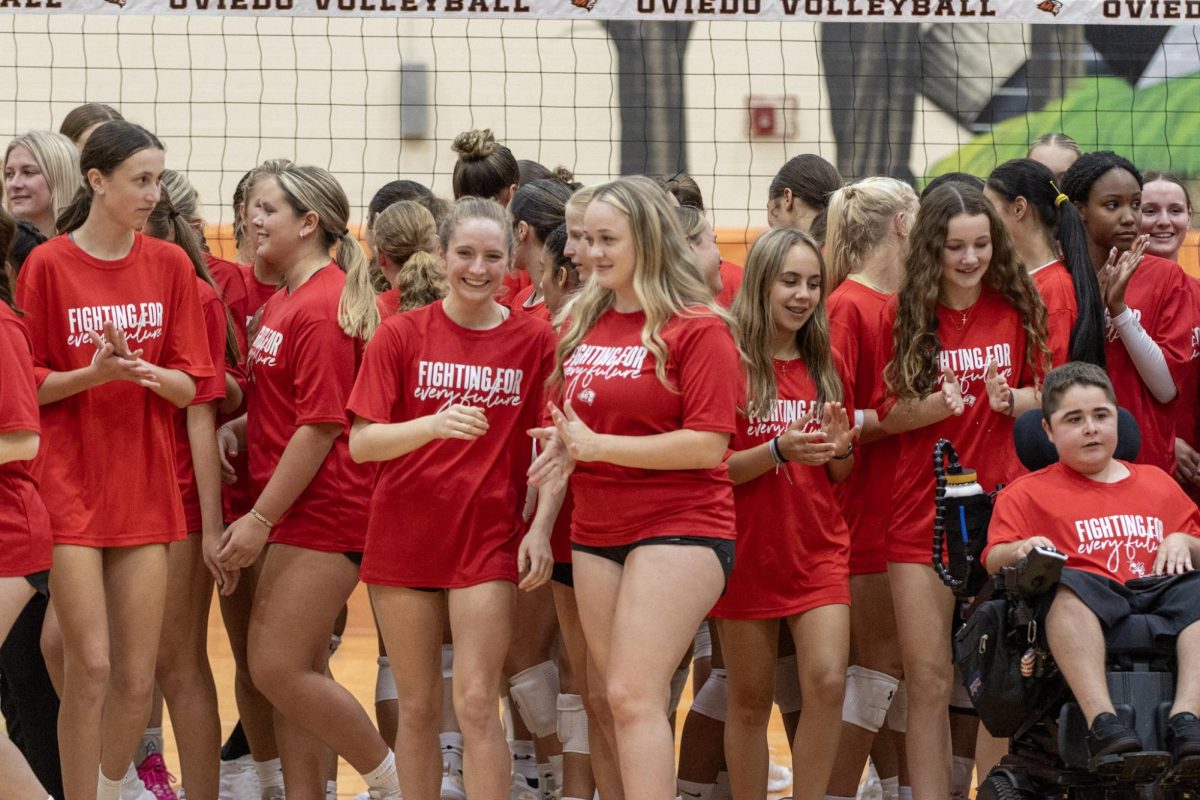Why cost of college has skyrocketed in US
College is overrated. But alas, for most people who wish for security in the job market, it is a necessity. A necessity that
comes with loans and debt that takes years to pay off.
One of the worst parts of American college is the price. Many students, including myself, have racked our heads trying to figure out how in the world will we pay for the hefty price of our education. Hundreds of thousands of college students every year fall into tens and even hundreds of thousands of dollars of debt, debt that takes years – decades for some – to pay off. But it wasn’t always this way.
In the 1980s, under President Ronald Reagan’s administration, his campaign (specifically budget advisor David Stockman) advocated the idea that college should be paid primarily by those who benefit from it, the students. Beforehand, higher education was mainly seen as something that benefited society as a whole, and the government helped fund higher education, making it completely free or at least at a manageable cost to the common family with a reasonable income.
But Reagan, in all of his infinite wisdom, decided to decrease funding for college and made loans much more accessible to students, leading to them having to pay for college themselves through these loans. Thus Reagan built the path for the 1.3 trillion dollar total student debt.
Another one of Reagan’s splendid actions that brought more trouble onto the
average student was halting the growth of the minimum wage and decreasing federal taxes on big companies, whose taxes helped pay for education.
And while limiting the growth of minimum wage may have not seemed so important fifty years ago, it is an issue much more relevant to the college students of today, who will often juggle low-paying jobs along with school just to afford their education.
Minimum wage, when it was first established in America, was defined by Franklin D. Roosevelt as a decent living wage, a standard not being met today. A recent study found that full-time minimum wage workers could not afford a two bedroom rental anywhere in the US.
It was only in 2007 that the minimum wage increased again following Reagan’s presidency. During that intervening period, the economy grew, productivity and inflation increased and the minimum wage remained stagnant. As a result, the minimum wage today, adjusted for inflation, is actually 40% lower than it was in 1968, when it reached a high point in terms of purchasing power. And the millions of students working towards having enough in the bank to survive financially in college are suffering because of it.
To compound this issue, the price of college has more than doubled since Reagan’s era. Average college prices in America are twice that in Europe, averaging about $30,000 per year in comparison to $15,000. Reasons for this include the fact that many students in America go to out of state colleges, stay in dormitories and are offered more student services.
But that only accounts for on average about $3,000 of the difference. One of the main reasons why American colleges are so expensive isn’t because they’re better than European ones or because they offer significantly more benefits, but because American colleges do not have a cap on the price they can charge.
Colleges can continue to increase tuition and fees with no real limit other than how much debt students can take on. Many European universities, on the other hand, are legally limited in how much they can charge, and students often receive significant government subsidies.
The U.S. government could help cover the cost of college for more students by giving federal aid money directly to the schools, which would cut down on waste and inefficiency.
It is also posited that the increase in federal aid is correlated with the increase in college prices, a theory known as the Bennett Hypothesis. Essentially, colleges can easily raise tuition because they know student aid will increase accordingly, and a vicious cycle ensues. Additionally, the government cut aid to universities themselves during the recession of 2008, and that cost was at least partially passed on to students.
But these issues alone do not account for the difference in prices between American and European universities. One of the main culprits is spending on faculty and staff. This area has grown significantly in cost in recent years, with 76 percent of tuition revenues going towards paying the staff.
The issue is that there has been a great increase in non-teaching staff, who now outnumber the teaching faculty two to one. And most of this non-teaching staff work in fields not directly related to education, such as IT work, mental health counseling and financial advising- all services that may be done better at outside institutions. Oftentimes, college students do not even have ready access to these services despite shouldering their cost.
In short, colleges shouldn’t cost nearly as much as they do, and they wouldn’t, had the government placed more economic regulation on them. High school and college students don’t deserve the amount of stress they experience due to the price of college, something that should be broadly accessible financially. Education is a great benefit to the general welfare of society and moreover should be a human right.
Your donation will support the student journalists of Oviedo High School. Your contribution will allow us to purchase equipment and cover our annual website hosting and printing costs. Thank you!





































